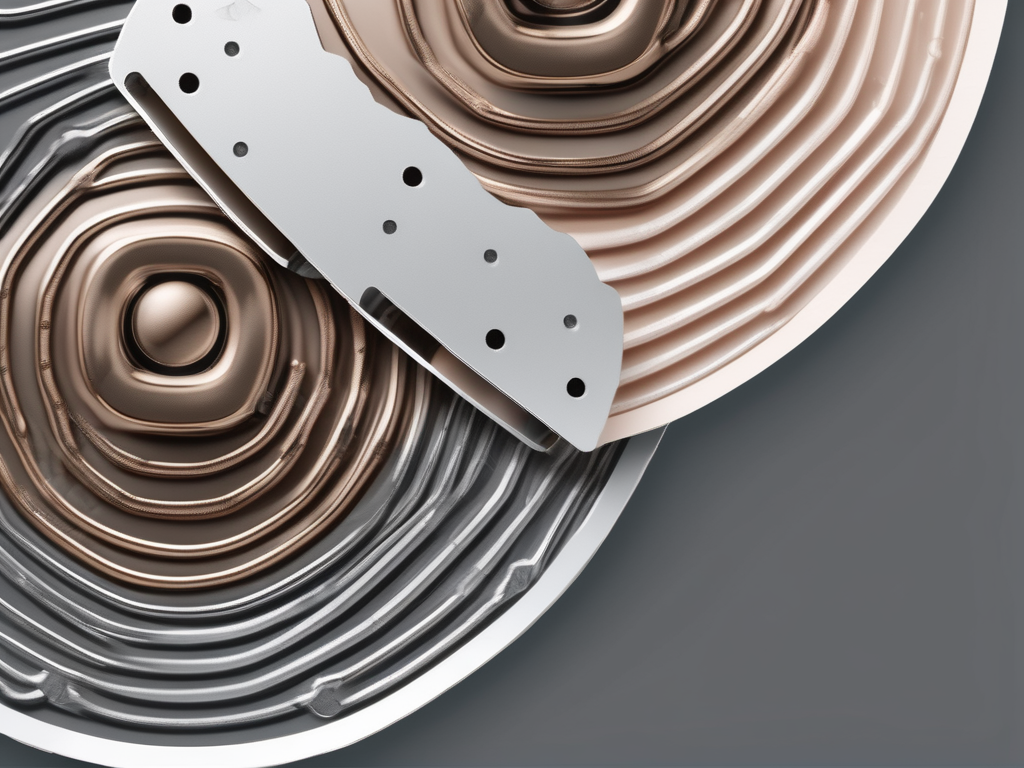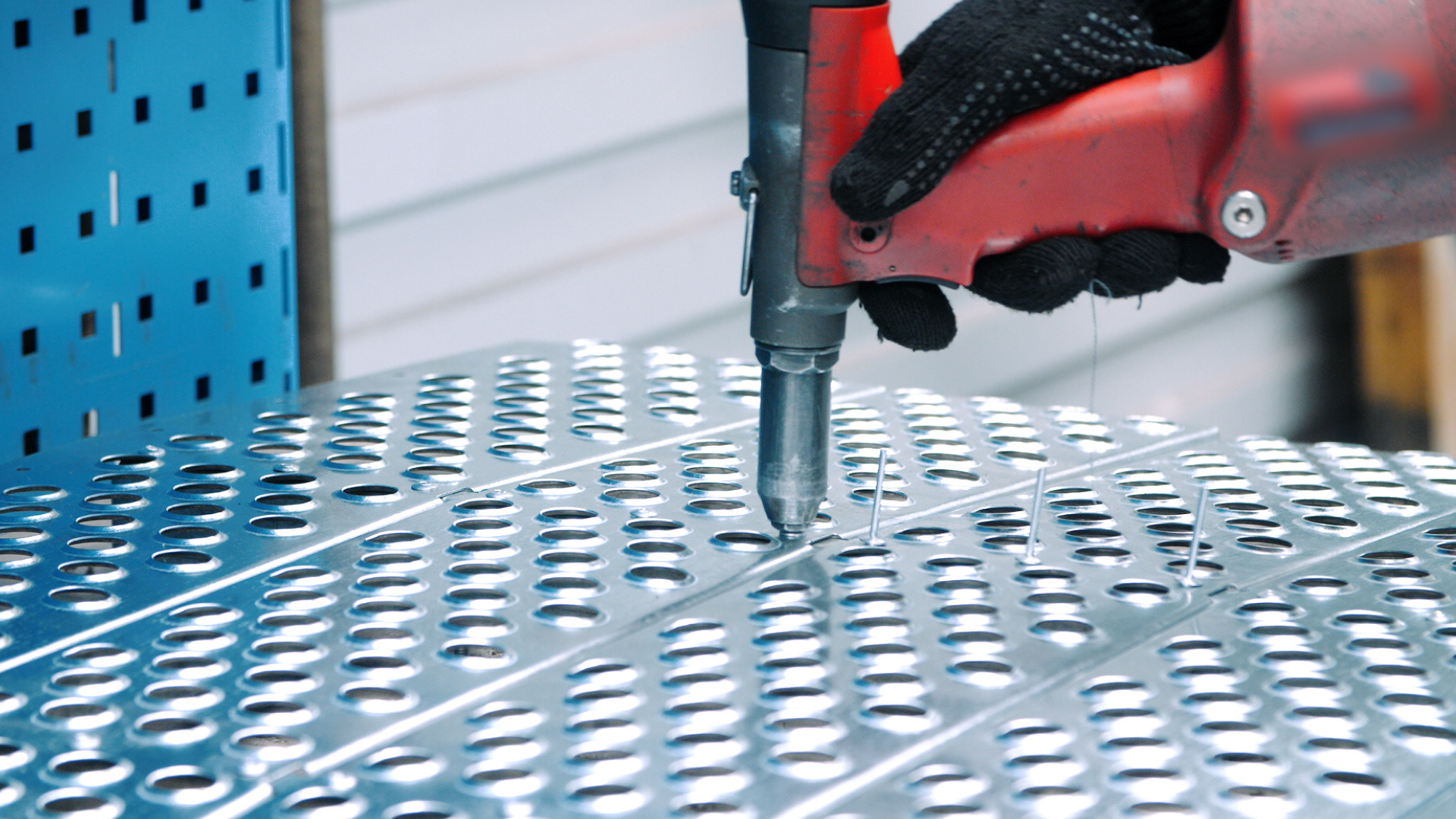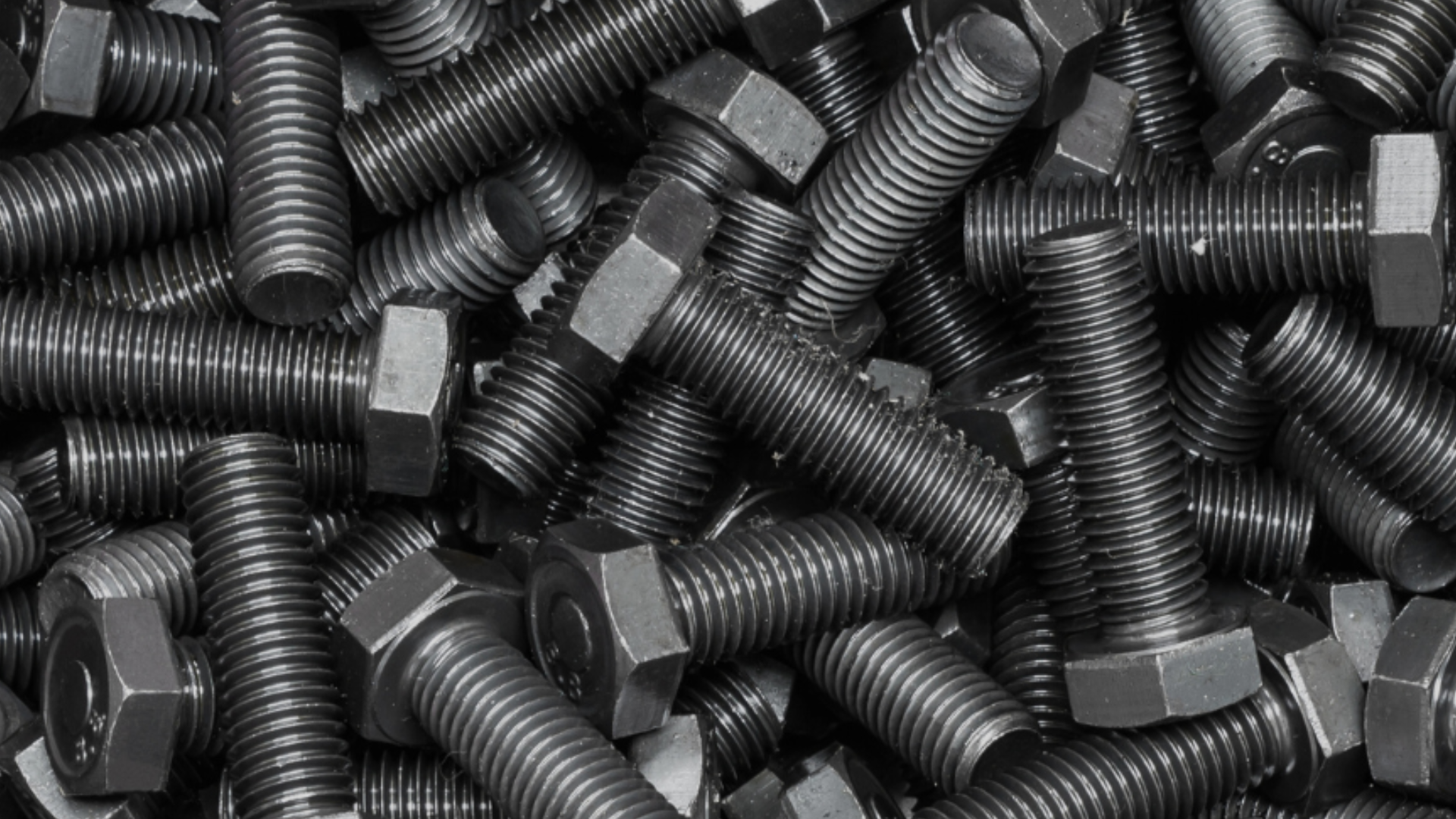Are you ready to dive into the world of plasma cutters? Buckle up and get ready to learn everything you need to know about these incredible tools. From how they work to their evolution and industrial applications, this guide will leave you amazed and inspired. So, let’s get started!
What is a Plasma Cutter and How Does it Work?
Imagine a superpowered pencil that can effortlessly slice through metal like butter. That’s essentially what a plasma cutter does! It utilizes a superheated jet of plasma to cut through various conductive materials, such as steel, aluminum, and even copper. But how does it work its magic?
A plasma cutter consists of three main components: a power supply, a gas delivery system, and a torch. The power supply generates an electrical arc that ionizes the gas passing through the torch, creating plasma. This plasma is then directed towards the material, melting and blowing it away, leaving behind a clean and precise cut.
But let’s dive deeper into the inner workings of a plasma cutter. The power supply, typically an alternating current (AC) or direct current (DC) power source, provides the necessary energy to generate the electrical arc. This arc is formed between the electrode, which is negatively charged, and the workpiece, which is positively charged.
As the electrical arc is established, a gas, usually compressed air, oxygen, or nitrogen, is introduced into the torch through the gas delivery system. This gas flows through a nozzle, surrounding the electrode and forming a protective barrier between the electrode and the workpiece. The gas also acts as a cooling agent, preventing the torch from overheating.
When the gas passes through the electrical arc, it becomes ionized, transforming into a state of matter known as plasma. Plasma is an electrically conductive gas that consists of charged particles, including ions and free electrons. This superheated plasma, with temperatures reaching up to 30,000 degrees Fahrenheit, is what allows the plasma cutter to cut through metal with ease.
Once the plasma is formed, it is directed towards the material that needs to be cut. The intense heat of the plasma rapidly melts the metal, while the high-velocity gas blows away the molten metal, creating a clean and precise cut. The speed at which the plasma cutter moves across the material, along with the gas flow rate and the power output, determines the cutting speed and quality.
Plasma cutters are not only used in industrial settings but also find applications in various fields, including automotive repair, construction, and metal fabrication. Their ability to cut through different thicknesses of metal quickly and accurately makes them an essential tool for many professionals.
So, in a nutshell, plasma cutters harness the power of plasma to make intricate and accurate cuts in metal with ease. It’s like having a lightsaber in the palm of your hand—minus the Jedi training, of course!
The Evolution of Plasma Cutting Technology
Plasma cutting has come a long way since its humble beginnings. Back in the 1950s, early plasma cutters were large, clunky, and often unreliable. But thanks to the relentless pursuit of innovation, today’s plasma cutters are a marvel of modern technology.
The evolution of plasma cutters can be attributed to advancements in power supplies, gas delivery systems, and torch designs. With improved power sources, higher cutting speeds, and enhanced precision, plasma cutters have revolutionized the field of metal fabrication.
Nowadays, you can find portable plasma cutters that fit in the palm of your hand, making them accessible to hobbyists, artists, and DIY enthusiasts. It’s like having a magic wand that can shape metal at your fingertips!
Why Plasma Cutters are Essential in Modern Manufacturing
In the world of manufacturing, time is money. And plasma cutters are here to save the day by making the fabrication process faster and more efficient. With their ability to cut through thick materials quickly and precisely, plasma cutters have become a crucial tool in industries such as automotive, aerospace, and construction.
Think of all the metal components that go into building a car or constructing a skyscraper. Plasma cutters make it possible to create complex designs and intricate shapes with remarkable speed. The days of manual cutting and shaping are long gone, replaced by the power and precision of plasma cutters.
Moreover, plasma cutters have significantly reduced waste in the manufacturing process. With their clean cuts and minimal kerf (the width of material removed during cutting), more materials can be utilized, leading to cost savings and environmental benefits. It’s a win-win situation!
How Does a Plasma Cutter Work?
Now that we’ve covered the basics, let’s dive a little deeper into how a plasma cutter actually works. Remember the three main components we mentioned earlier? Let’s explore each one in more detail:
Power Supply
The power supply in a plasma cutter generates a high voltage electrical arc using either direct current (DC) or alternating current (AC). This arc is what initiates plasma formation.
Gas Delivery System
The gas delivery system is responsible for transporting the shield gas and plasma gas to the torch. The shield gas surrounds the plasma arc, preventing it from coming into contact with ambient air and causing oxidation. The plasma gas, usually a mixture of argon and hydrogen, creates the plasma arc needed for cutting.
Torch
The torch is like the superhero cape of the plasma cutter. It focuses the plasma arc onto the material being cut and sometimes includes additional features like height control and torch cooling.
By combining these three components, plasma cutters unleash their full potential. They are truly the superheroes of the metal cutting world!
Different Types of Plasma Cutters
Not all plasma cutters are created equal. Depending on your cutting needs and budget, you can choose from several different types of plasma cutters:
- Handheld Plasma Cutters: Perfect for DIY enthusiasts and small-scale projects
- Computer Numerical Control (CNC) Plasma Cutters: Ideal for industrial applications and precise cutting
- High Definition (HD) Plasma Cutters: Delivering exceptional cut quality for demanding applications
- Portable Plasma Cutters: Designed for on-the-go cutting, allowing you to take your craft anywhere
Each type comes with its own set of features and advantages, so make sure to consider your specific needs before making a decision.
Key Components and Features
Plasma cutters are like Swiss Army knives, packed with all sorts of nifty features and components. Let’s take a look at some key ones:
- Torch Height Control: Ensures consistent cutting height, no matter the material’s surface
- Remote Control: Allows you to adjust settings without stopping the cutting process
- Pilot Arc: Enables cutting of painted or rusty materials by creating a separate arc for initial piercing
- Severance Mode: Provides extra power for cutting thicker materials
These are just a few examples of the amazing tools and features that plasma cutters offer. It’s like having a toolbox full of gadgets specifically designed to make your cutting tasks as smooth as possible!
Industrial Applications of Plasma Cutters
Plasma cutters have found their way into numerous industrial applications, revolutionizing the way things are built. Here are just a few areas where plasma cutting shines:
- Automotive Industry: From sculpting car panels to fabricating exhaust systems, plasma cutters are the go-to tool for precision metalwork in the automotive world.
- Aerospace Industry: When it comes to constructing aircraft structures, plasma cutters play a vital role in shaping and assembling metal components.
- Shipbuilding: Plasma cutters help cut through thick steel plates, allowing shipbuilders to construct vessels of all sizes and shapes.
- Construction Industry: Plasma cutters make it possible to create custom architectural elements and structural components with ease.
These are just a few examples of how plasma cutters have become an integral part of various industries. Who knew a tool originally designed for industrial use would end up shaping our world in more ways than one?
Plasma Cutting in Art and Design
Plasma cutting isn’t all about heavy-duty industrial applications. It has also found its way into the world of art and design. With its ability to create intricate shapes and smooth curves, plasma cutting has become a favorite tool among artists and designers.
From metal sculptures that adorn gardens to intricate wall art and decorative pieces, plasma cutting has opened up a whole new world of creativity. It’s like art meets technology, resulting in stunning and unique pieces that captivate the imagination.
So, whether you’re a seasoned artist or someone looking to explore their creative side, plasma cutting can be your secret weapon for bringing your artistic visions to life.
Safety Considerations in Plasma Cutting
As with any powerful tool, safety should be a top priority when using a plasma cutter. Here are some essential safety tips to keep in mind:
- Protective Gear: Always wear protective clothing, including gloves, safety glasses, and a fire-resistant apron.
- Ventilation: Ensure proper ventilation in your workspace to prevent harmful fumes and smoke from accumulating.
- Fire Safety: Have a fire extinguisher nearby and keep a vigilant eye on sparks and hot metal fragments.
- Training: Take the time to learn how to properly use a plasma cutter and familiarize yourself with its safety features.
By following these safety guidelines, you can enjoy the incredible benefits of plasma cutting without compromising your well-being.
Future Trends in Plasma Cutting Technology
The world of plasma cutting is constantly evolving, pushing the boundaries of what’s possible in metal fabrication. So, what does the future hold for plasma cutting technology? Here are a few tantalizing possibilities:
- Improved Precision: As technology advances, we can expect even higher levels of precision in plasma cutting.
- Enhanced Automation: Robotics and artificial intelligence could play a more prominent role in the automation of plasma cutting processes.
- Greater Energy Efficiency: With a growing focus on sustainable practices, plasma cutters may become more energy-efficient, reducing their environmental impact.
These are just a few glimpses into the exciting future of plasma cutting. Buckle up—new advancements and possibilities are just around the corner!
Wrapping Up
Phew, that was quite the journey through the world of plasma cutters! We hope this ultimate guide has left you feeling enlightened and inspired. From their humble beginnings to their indispensable role in modern manufacturing, plasma cutters continue to shape our world in remarkable ways.
So, whether you’re a DIY aficionado, an artist looking to add a spark to your creations, or a manufacturer seeking to boost efficiency, plasma cutting is a tool that can take your skills to the next level. Embrace the power of plasma and let your imagination run wild!



